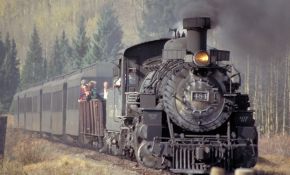A large electrical power station generates 1000 MW of electricity with an efficiency of 35.0%. (a) Calculate the heat transfer to the power station,
Qh , in one day. (b) How much heat transfer
Qc occurs to the environment in one day? (c) If
the heat transfer in the cooling towers is from
35.0∘C water into the local air mass, which increases in temperature from
18.0∘C to
20.0∘C, what is the total increase in entropy due to this heat transfer? (d) How much energy becomes unavailable to do work because of this increase in entropy, assuming an
18.0∘C lowest temperature? (Part of
Qc could be utilized to operate heat engines or for simply heating the surroundings, but it rarely is.)
